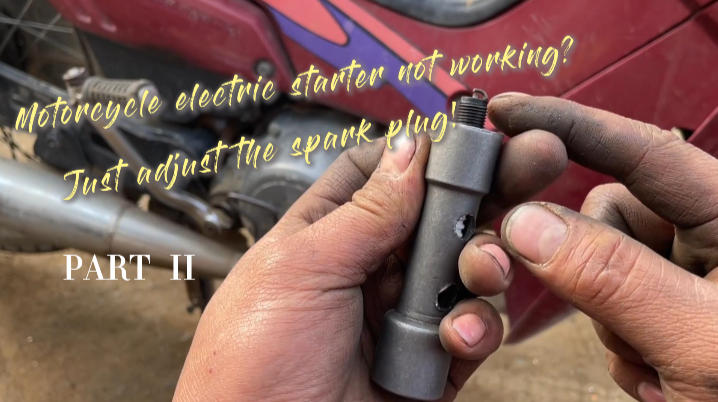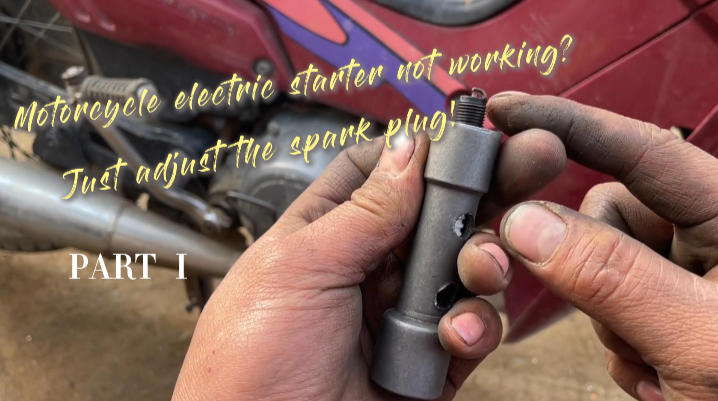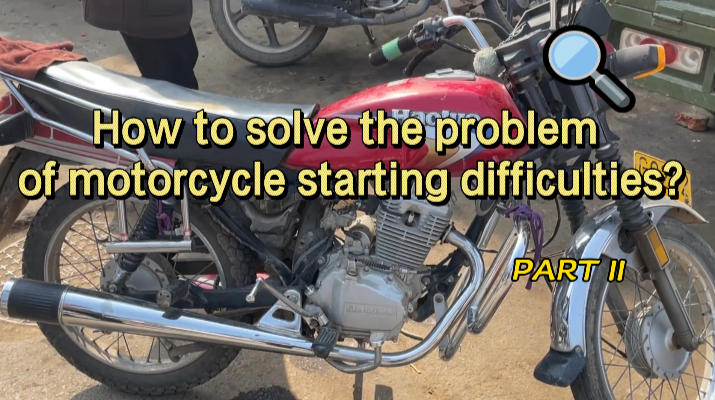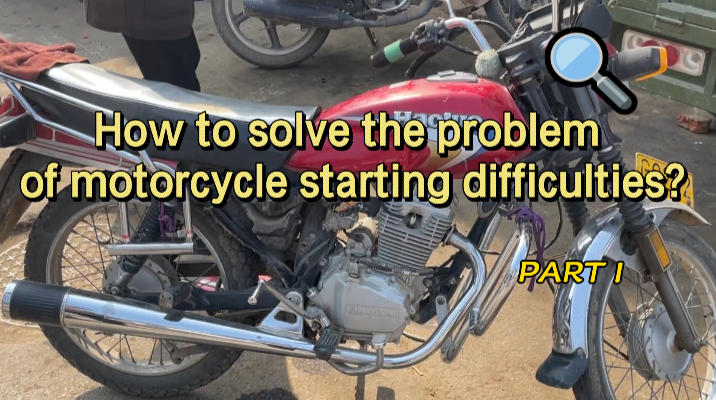How to Choose a Suitable Snowmobile Track
-
11
-
2025-11-10 10:10:21
Okay — tracks are the part that actually talks to the snow. Everything else is decoration. Pick the wrong track and you’ll fight your sled all day. Pick the right one, and the sled just...works. Feels like an extension of your legs. Simple.
I’ll keep it blunt. Here’s how to pick a track that does what you want it to do.
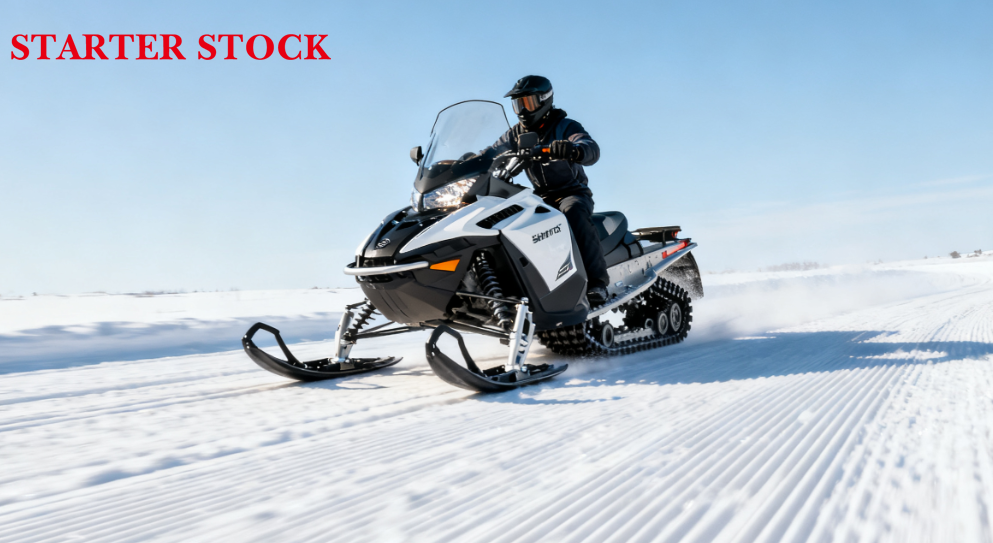
Start with this: where do you ride?
Ask yourself that first. Sounds obvious, but people skip it.
Mostly groomed trails? Short track. Fast, nimble. Less drag.
Some powder here and there? Mid-length track. A compromise.
Mountains, deep snow, climbing ridges? Long track. Float and bite.
Don’t buy a mountain track if 95% of your riding is on groomer loops. It’s heavy and makes turns sluggish. Trust me.
Length — the obvious tradeoff
Track length is the first number folks look at. It changes everything.
Short (about 120–136"): quick, playful, easy to flick through corners. Great for trail riders.
Mid (137–146"): versatile. You can do trails and some side-country. Good for “I do a bit of everything” riders.
Long (151–175"+): climbs better. Floats in powder. Slow to turn, heavier, eats fuel.
Pick the length that matches 80% of your riding. Not the one you want to try once a year.
Lug height — how deep do you bite?
Lugs (paddles). Height tells you how much bite you get.
Low (1.0–1.25"): groomed trails. Smooth, efficient. Good speed.
Medium (1.5–1.75"): mixed snow. More traction for soft spots.
High (2.0–2.5"): serious powder. Climb and float. Noisy on groomers, and your wallet feels it (more wear).
If you see a video of a sled plowing through waist-deep powder, that’s a tall lug track. You probably won’t need that unless you live in big mountains.
Width — wider is not always better
Most sleds use ~15" tracks. Some utility or mountain setups go wider.
Wider = more float and towing power. Good for hauling gear or hunting.
Narrower = lighter, more responsive on trail. Faster.
If you’re not towing or carrying a full pack, standard width is usually fine.
Pitch — the tiny number that matters
Pitch = distance between lugs. Common ones: 2.52", 2.86", 3.0". Sounds boring. It matters.
Your drive system expects a pitch. Mismatch it and you cause wear or worse. Before buying, check your manual. Or ask a dealer. This is the kind of detail that ruins a weekend if you ignore it.
Compound and reinforcement — what the track is made of
Not all rubber is equal. Softer rubber grips better in cold, but wears faster on ice. Stiffer compounds last longer but can be harsh in deep powder.
If you run a high-horsepower sled (or a turbo), look for reinforced tracks — heavier cords, stronger clips. You don’t want the track stretching under load and eating the tunnel.
Trail, mountain, utility — different breeds
There are categories. Useful to know.
Trail tracks: short, low lugs. Built for speed and cornering.
Mountain tracks: long, light, high lugs. Built for climb and float.
Utility tracks: tough, sometimes wider, often reinforced for hauling.
If you do a bit of everything, choose a crossover track — mid-length, mid-lug. Not perfect at anything, but solid everywhere.
Wear signs — when to stop riding and replace
Check your track often. Don’t wait until it fails.
Look for: cracked lugs, loose or missing clips, frayed cords, uneven wear. If the lug tips are flat or split, you’ve lost bite. If the track has stretched or looks misshapen, replace it.
A shredded track mid-ride is a real drag (pun intended). Replace before it fails.

Price vs. real-world value
Cheap tracks exist. They work for a while. But if you’re pushing hard (mountain or high-speed trail), cheap becomes costly. You’ll replace more, and you might damage other parts.
Spending a bit more on a good brand and the right spec often saves cash long-term.
Practical tips from the trail
If you ride mostly groomers, don’t fall for the “bigger is better” hype. You’ll hate the cornering.
If you’re unsure, pick a mid-length, medium-lug crossover. It suits most riders.
Keep a spare set of clips and a basic tool kit in the sled tunnel. Small repairs happen.
When changing to a different length, check suspension and clearance. Some sleds need tunnel mods for long tracks.
Match the pitch. I’ll say it again: match the pitch.
Quick decision map (do this in your head)
Groomed trail 90%? Short track.
Trail plus a few side runs? Mid-length, mid-lug.
Mountain/backcountry? Long track, tall lugs.
Haul gear or utility? Consider wider track and reinforced build.
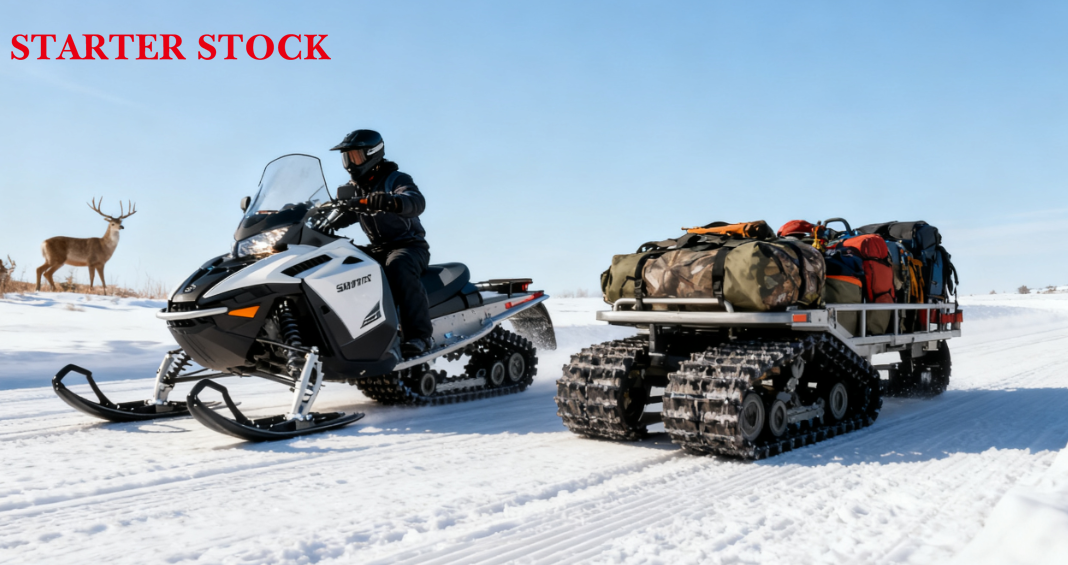
Final bit — think seasons, not trends
Tracks wear differently by season. A track that’s perfect in deep winter may feel odd in spring slush. Think about your local snowpack and ride accordingly.
Also — don’t pick a track because a YouTube big-shot rides one. Their setup matches their riding, gear, and region. Your setup should match yours.
Pick the track for your rides. Not for a one-time dream run.
Do that, and the sled will finally feel right. You’ll notice it immediately — less spin, better climbs, cleaner turns. And you’ll be smiling more miles into the day.
Want this tightened into a short dealer-ready page (meta title, meta description, H1/H2 markup) or a 150-word social blurb? I can do that next.
-
Oil Pump JR-B18-1 16700-K20-903 For Z00MER

-
Oil Pump JR-B18 16700-KVG-41 For AIR BLADE
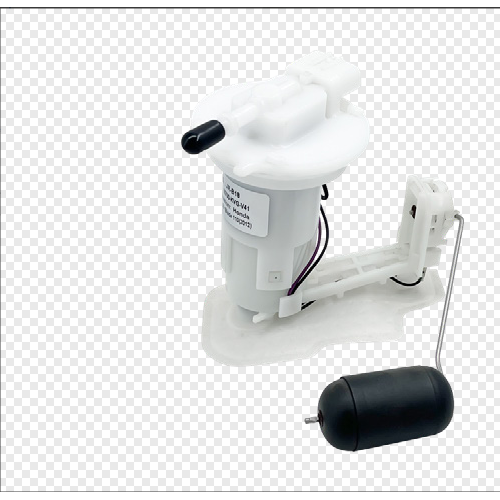
-
Oil Pump JR-B113 16700-HR3-A21 For Fou rTrax Rancher
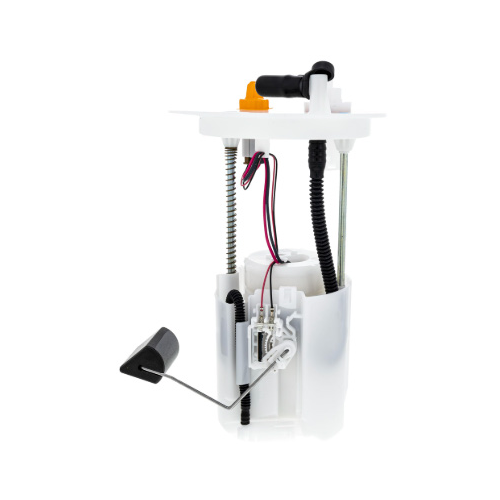
-
Oil Pump JR-B112-1 275500734 For GT1 130/155 2011-2012
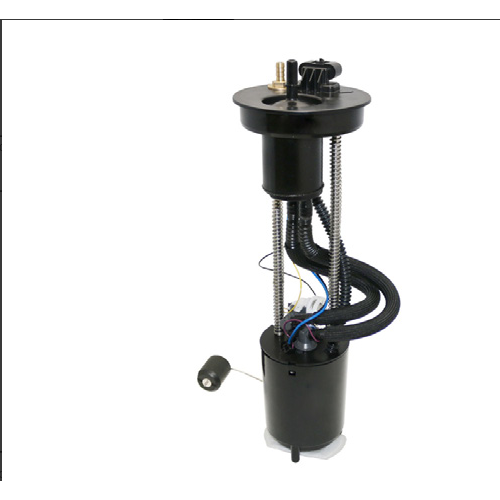
-
Oil Pump JR-B112 47-1027 For MAVERICKX
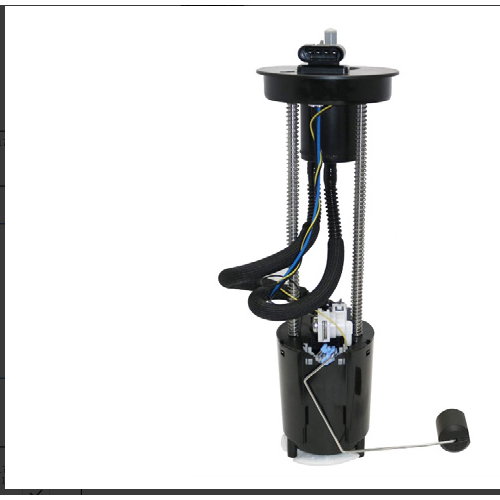
-
Oil Pump JR-B110 47-1050 For OUTLANDER
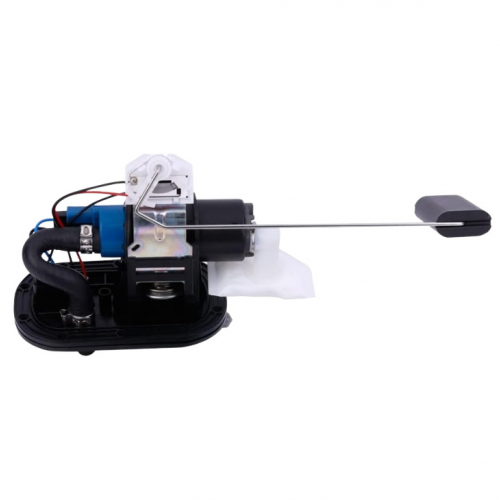
-
Oil Pump JR-B109 709000758 For OUTLANDER
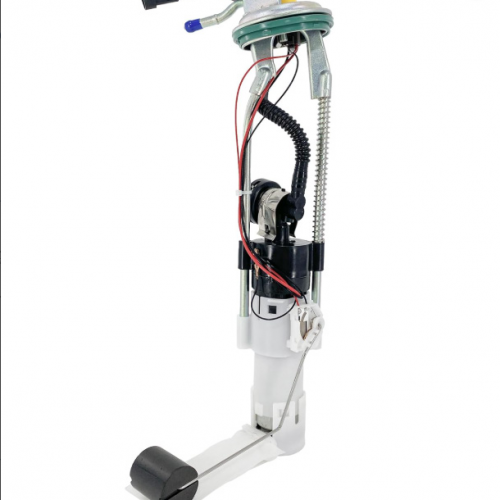
-
Oil Pump JR-B108-1 2204308 For SPORTSMAN
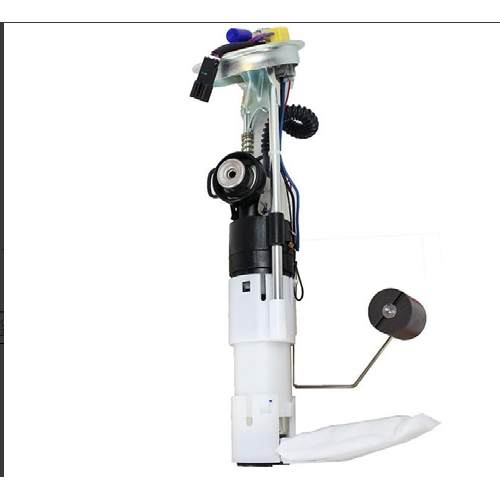
-
Oil Pump JR-B108 47-1014 For SPORTSMAN
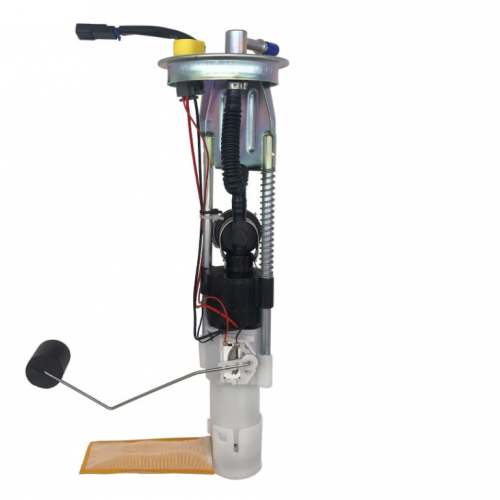
-
Oil Pump JR-B98-1 47-1012 For RANGER



